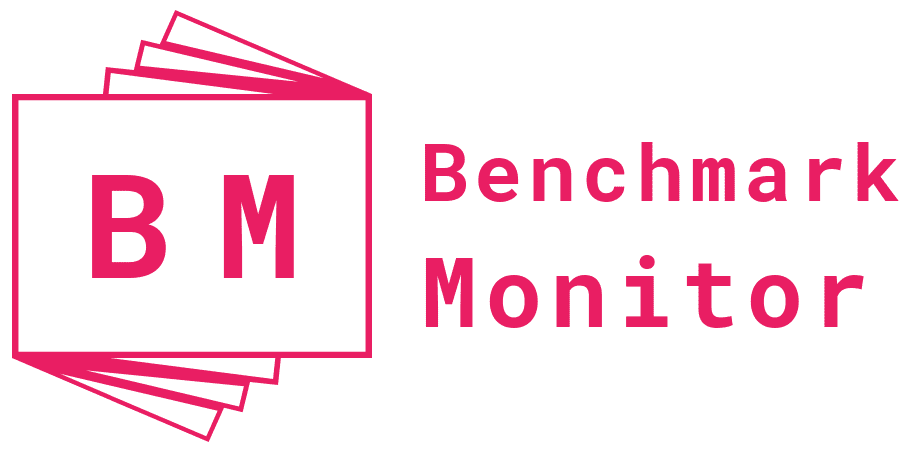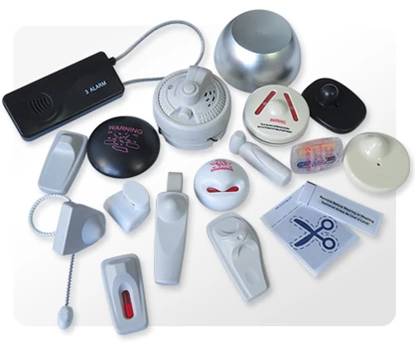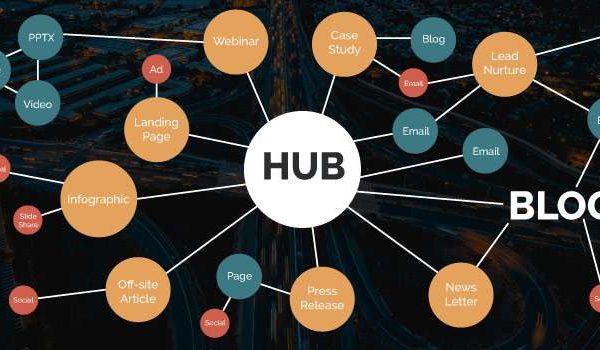3D printing can be done with a number of materials. For example, you could decide to use a type of plastic. This may sound like there is only one option when it comes to plastics, but this is not the case. There are many plastic materials that could be utilized by 3D printing services. On the other hand, metal 3D printing work is possible as well. Again, there are plenty of metals that can be employed. This is often referred to as metal 3D printing work. This manufacturing technique will be introduced in this article.
SLM & DMLS: what’s the difference?
Selective Laser Melting (SLM) and Direct Metal Laser Sintering (DMLS) are two metal additive manufacturing processes that belong to the powder bed fusion 3D printing family. The two technologies have a lot of similarities: both use a laser to scan and selectively fuse (or melt) the metal powder particles, bonding them together and building a part layer-by-layer. Also, the materials used in both processes are metals that come in a granular form.
The differences between SLM and DMLS come down to the fundamentals of the particle bonding process (and also patents): SLM uses metal powders with a single melting temperature and fully melts the particles, while in DMLS the powder is composed of materials with variable melting points that fuse on a molecular level at elevated temperatures.
Basic fabrication process
When it comes to 3D printing with metal there are essentially two processes that are the most common options: SLM and DMLS. Later on in this article these will be further introduced, but their basic fabrication process are very similar. In essence, it consists of three steps. Step 1 starts by filling the build chamber of the 3D printer with inert gas, which for example could be argon. This will minimize the oxidation of the metal powder. It will be heated to the optimal build temperature. Subsequently, the first thin layer of metal powder is spread over the build platform. A high power laser scans the component to melt or fuse the metal particles together so it can create the next layer. Of course, the entire 3D design will be scanned. This way the part is built like it should be built. When the scanning is done, the build platform will move down a layer thickness. Another layer of metal powder will be placed on the build platform, so the laser can do its job again. These steps are repeated constantly until the entire product has been metal 3D printing work.
SLM vs DMLS
SLM, or Selective Laser Melting, and Direct Metal Laser Sintering (DMLS) are both metal additive manufacturing processes. They belong to the powder bed fusion family and have many similarities. For example, they both employ a laser to scan and fuse or melt the metal powder particles. On top of that, the materials used are metals in a granular shape. However, SLM and DMLS have some differences as well. SLM uses metal powders with a single melting temperature, while DMLS uses a powder composed of different materials. Due to this, the melting points are varied. In other words, SLM produces pieces from a single metal, while DMLS uses metal alloys to develop parts.





